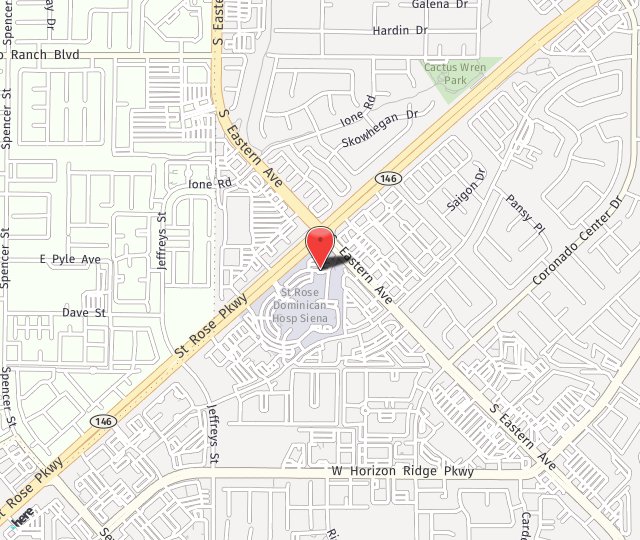I have just returned from a workshop and cadaver lab learning the latest techniques for the use of acellular dermal matrices (ADM) in breast surgery. ADM is a tissue matrix made from human (Alloderm) or porcine skin (Strattice). It used to add coverage and reinforce tissue over breast implants. ADM is a matrix devoid of cells, it is repopulated and revascularized with a patient’s own cells. It becomes incorporated into subcutaneous tissue and acts to support implants by reinforcing the surrounding tissue envelope. It has become mainstream and standard of care in the field of breast reconstruction with implants after mastectomy.
In the field of cosmetic breast surgery, its role is emerging, providing a wide range of benefits in patients undergoing revisionary surgery after having breast augmentation with implants. Despite the technologic advancements in breast implants and high rates of patient satisfaction with the procedure, a subset of women undergoing breast augmentation can develop less than satisfactory results. There are many reasons why breast augmentation surgery and subsequent revisionary breast surgery may fail to meet a patient and surgeon’s ideal aesthetic goals. First of all, breast implants are not expected to last forever, and reoperations for rupture, cosmetic reasons, or aesthetic complications are to be expected. Scar tissue can develop within the breast or around the implant (capsular contracture), and tissues can thin over time from the pressure of the implant, while sagging naturally progresses from gravity and aging. These issues affect skin quality, reducing its ability to cover and support a breast implant over time leading to suboptimal results. Acellular dermal matrix is the tissue source that provides a solution to these difficult revisionary cases.
When existing tissue is inadequate to support, cover, and protect an implant, the following problems can arise:
- Skin wrinkling, rippling, and visibility of an underlying implant whether it be silicone or saline
- Implant malposition, bottoming out, lateral displacement, or symmastia
- Contour problems such as “double bubble” from disruption of the inframammary fold; bulges or depressions affecting any surface of the breast, distortion of breast contour with pectoralis major muscle contraction or adhesions
- Recurrent sagging and tissue stretch
Capsular contractures can also affect breast augmentation patients. A capsule is a body’s normal response to the implantation of a foreign object. It is a thin, pliable scar pocket (capsule), which separates the foreign material (breast implant) from the human body. In most cases this scar is thin, soft, pliable, and unable to be felt. A contracture means that the scar pocket gets thicker than normal, and it can squeeze the implant and make it feel firm. In severe cases it distorts the breast appearance and causes pain. Treatment requires surgery to remove the implant and its associated scar capsule with replacement of the implant. Recurrence rates can be as high as 30%, and surgery can further thin the overlying breast tissue envelope. Remarkably, the addition of ADM in these cases reduces the recurrence rate to 5%. So the additional benefit of ADM is in the treatment of capsular contractures, and especially in patients who have experienced recurrent contractures.
ADM is transforming breast reconstruction and revisionary breast surgery for breast augmentation patients. In situations when existing tissue is inadequate, it gives plastic surgeons the control necessary to achieve a successful repair and excellent aesthetic outcome. In these situations the implant pocket and dimensions are supported for stability, implant perceptibility and capsular contracture rates are reduced. The only disadvantage is the cost, which is $2700 for the product. Combining the cost of the product, the cost of implants, surgeon fees, anesthesia fees, and operating room fees, this surgical intervention is a costly endeavor. However, in women who have had multiple surgeries and are experiencing recurrent complications and unsatisfactory results, the investment is worth it.
“Insanity is doing the same thing over and over again and expecting different results”
That’s where ADM comes in…
Dr. Hayley Brown MD, FACS
Plastic Surgeon in Las Vegas
Desert Hills Plastic Surgery Center, Henderson and Las Vegas, Nevada

